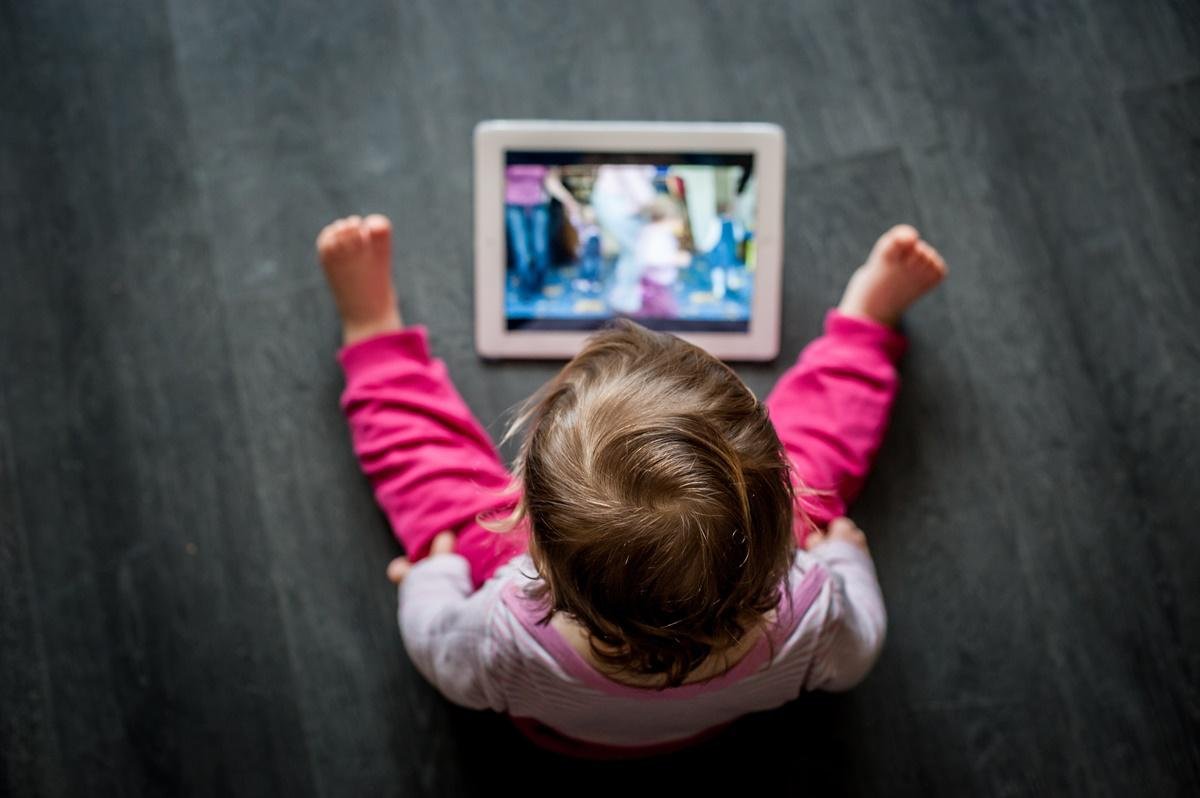Irritability, concentration problems, cyberbullying, posture problems. Which of the following situations do you think is associated with excessive screen use by children and adolescents?
According to the #MenosTelas #MaiSaúde guideline from the Brazilian Society of Pediatrics (SBP), not only these, but other health problems may be related to excessive screen use by this burgeoning population.
But are screens so bad and should they be avoided at all costs? See if there are benefits, what the risks are, and the advice of experts.
open and connected
Children are increasingly exposed to the use of technology. You may have seen a small child using a cell phone, entering and exiting applications, in a video on the Internet or in person.
But while it’s funny to see these little fingers move deftly on the screen, early exposure to such equipment can hinder important factors in the neurodevelopment of little ones.
But how much exposure time would be ideal for children and adolescents with the use of screens for multitasking such as study, communication, work, leisure and entertainment?
What are the experts’ recommendations?
According to the SBP, the ideal exposure time varies by age group, and the use of screens between 0 and 2 years of age is strongly discouraged, even if passive. Follow for other ages:
- 2 to 5 years: 1 hour per day;
- 6 to 10 years: 1 hour to 2 hours per day;
- Ages 11 to 18 years: 2 to 3 hours per day.
In addition, the screen should not be used during meals and should be turned off at least 2 hours before bedtime. Parental control of content viewed or shared on social media is also recommended.
In this context, usage hours include hours of use for entertainment and leisure such as games, videos, movies and social networks, not activities related to work, communication with family or friends.

What are the risks?
The risks are variable and depend on a variety of factors. But SBP and American Psychological Association (APA) cite as factors of concern:
- Decreased school performance;
- irritability;
- delay in speech acquisition;
- Posture problems;
- Exposure to bullying and/or cyberbullying;
- Sedentary lifestyle and increased risk of obesity;
- eating disorders;
- Image disorders;
- Exposure to risky behavior with self-harm;
- Increase in vision and hearing problems.
Some of these risk factors are directly related to the child’s neurological development stages, especially in early childhood, when the means of motor and linguistic acquisition are just being formed. For this reason, screen use is very opposed in this age group.
Screen use during adolescence can weaken social relationships, cause problems in the regulation of emotions, cause sleep disorders, negatively affect school performance, and be exposed to violence and sexual content.

Are there any benefits?
Like most relationships in our world, relationships between kids, teens, and screens are ambivalent. In the context of the pandemic, screens were an important tool for information, entertainment and work.
Thanks to current technology, we no longer need to look through thick, outdated and cumbersome books to find out how a volcano erupted, just do a quick search on the internet.
But the benefits of using screens are most successful when mediated by a responsible person. Young children and adolescents perform better when accompanied by a parent or guardian, according to research researched by the APA.
What are the alternatives to using a screen?
The participation of children and adolescents is sometimes linked to the family routine, so the whole family can be involved in screen-free activities for the dynamics to work more effectively.
Sports, reading, crafts, camping, writing, there are many possibilities that can change this dynamic.
Signing use agreements can also be an alternative, limiting use not only by children and adolescents, but also by adults, encouraging more interaction, health and well-being for the whole family!
Source: Tec Mundo
I am Bret Jackson, a professional journalist and author for Gadget Onus, where I specialize in writing about the gaming industry. With over 6 years of experience in my field, I have built up an extensive portfolio that ranges from reviews to interviews with top figures within the industry. My work has been featured on various news sites, providing readers with insightful analysis regarding the current state of gaming culture.













